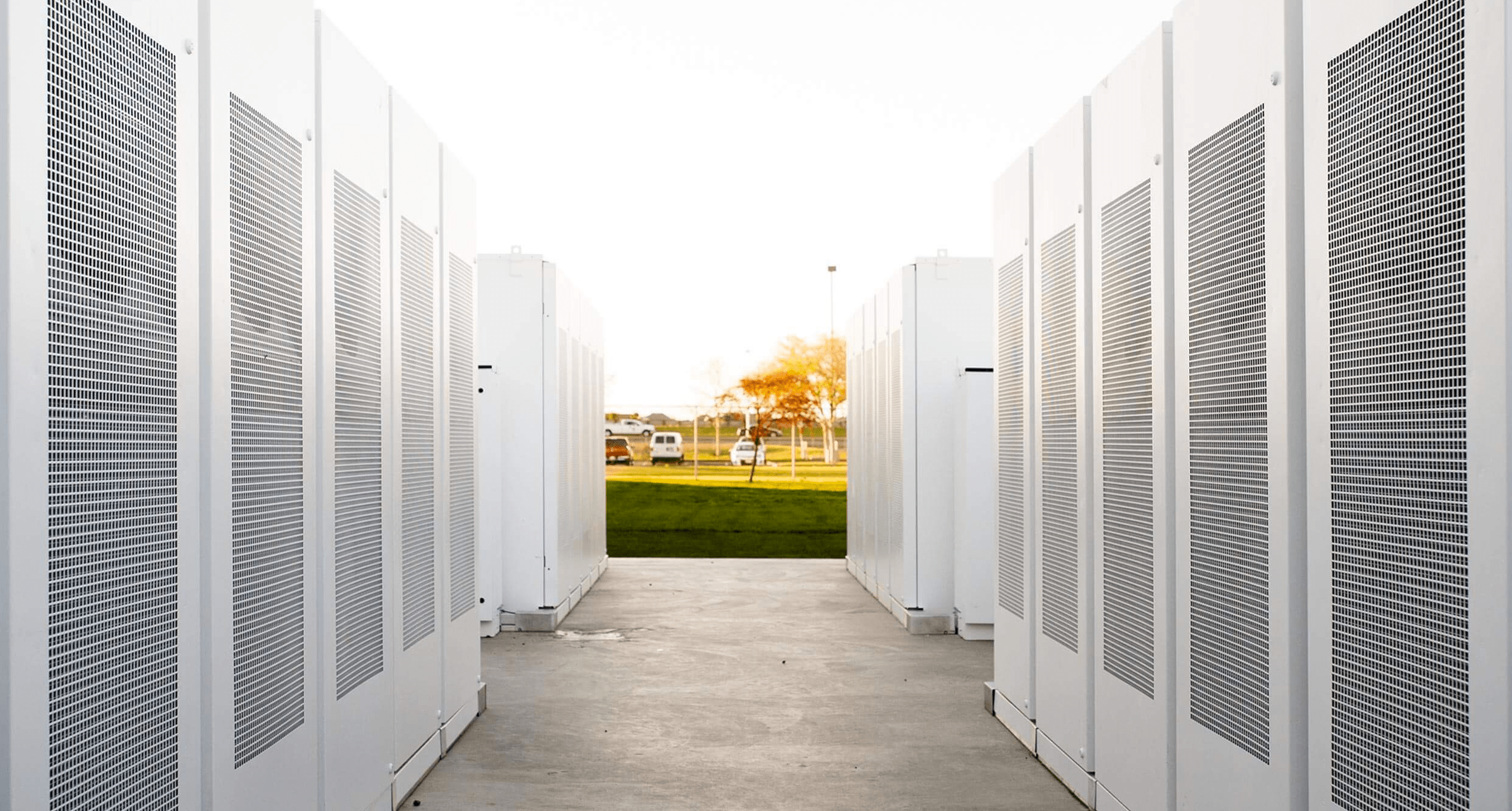
Electric School Buses Help Send Energy Back to Beverly Grid in Massachusetts

According to a report from Renewable Energy Magazine, two Thomas Built Buses Saf-T-Liner C2 Jouley electric school buses being operated in Beverly, Massachusetts, by Highland Electric Fleets returned more than 7 MWh of energy to the local power grid over the course of 32 grid events during the summer.
The buses, which feature 226 kWh batteries from Proterra Powered and offer up to 138 miles of drive range, contributed excess power to the electricity grid for more than 80 hours during their idle time this summer.
Highland Electric Fleets partnered with National Grid for the commercial vehicle-to-grid (V2G) program. They also had help from Rhombus Energy Solutions, which manufactures high-powered DC fast chargers, and Synop.
“Electric school buses are ideal assets for V2G applications,” said Sean Leach, director of technology and platform management at Highland.
“Nearly 500,000 school buses in North America spend most of their time parked. Fossil fuel-powered buses provide no value when idle. Electric buses, on the other hand, can be used effectively as mobile batteries when not transporting students to provide additional power that supports grid stability and resiliency. We’re excited to work with top-tier partners to scale V2G programs and benefits to other communities.”
The success of the V2G program in Massachusetts serves as an indicator of viability and a template to follow for other states, including California, Colorado, and Maryland, that hope to deploy similar initiatives.
This isn’t even the first time the City of Beverly has used school buses to alleviate strain from its power grid. Over the summer of last year, just one Saf-T-Liner C2 Jouley school bus sent 3 MWh of energy to the grid over nearly 30 grid events lasting 60 hours.
The combined 10 MWh of energy from the school buses being operated as mobile batteries for two summers could power about 600 homes for a day.
By using commercial vehicles as energy storage systems to be tapped as needed, communities can eliminate the need to fall back on conventional fossil fuel resources during temporary spikes in demand.
Transitioning school buses and other commercial vehicles to all-electric carries advantages beyond just clean, quiet transportation. They can also help support clean energy systems. The U.S. Postal Service, for one, plans to purchase 25,000 electric vehicles (EVs) after previous plans to transition were nixed earlier in the year.
Highland Electric Fleets’ efforts can serve as blueprints for National Grid and other utilities to scale similar V2G programs in the future for more sustainable and resilient energy systems.

